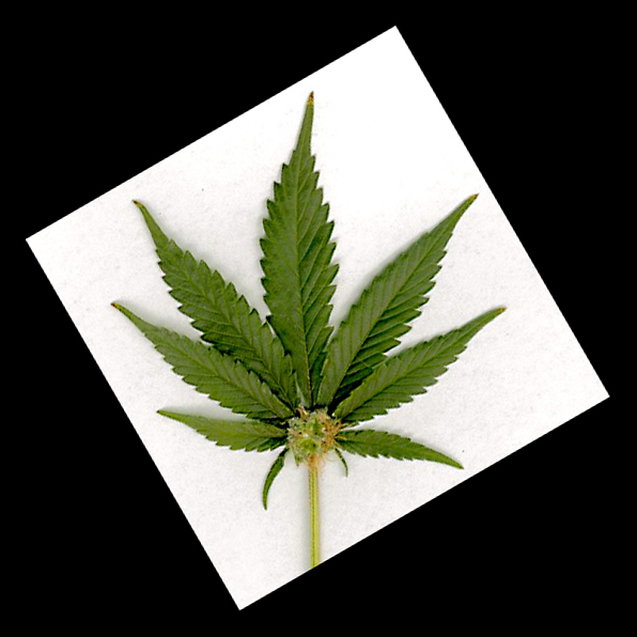-Slow cooked grass fed beef brisket with organic sweet potato, onion, carrot, celery, and mushrooms
-Riced organic cauliflower sauteed in avocado oil and grass fed butter, tumeric, sea salt, and pepper
-1 ounce each of 71% Peruvian chocolate bar, free trade organic
-organic mocha with espresso French roast coffee, unsweetened coconut milk, half teaspoon of organic maple syrup, and chocolate powder
Dave










 RSS Feed
RSS Feed